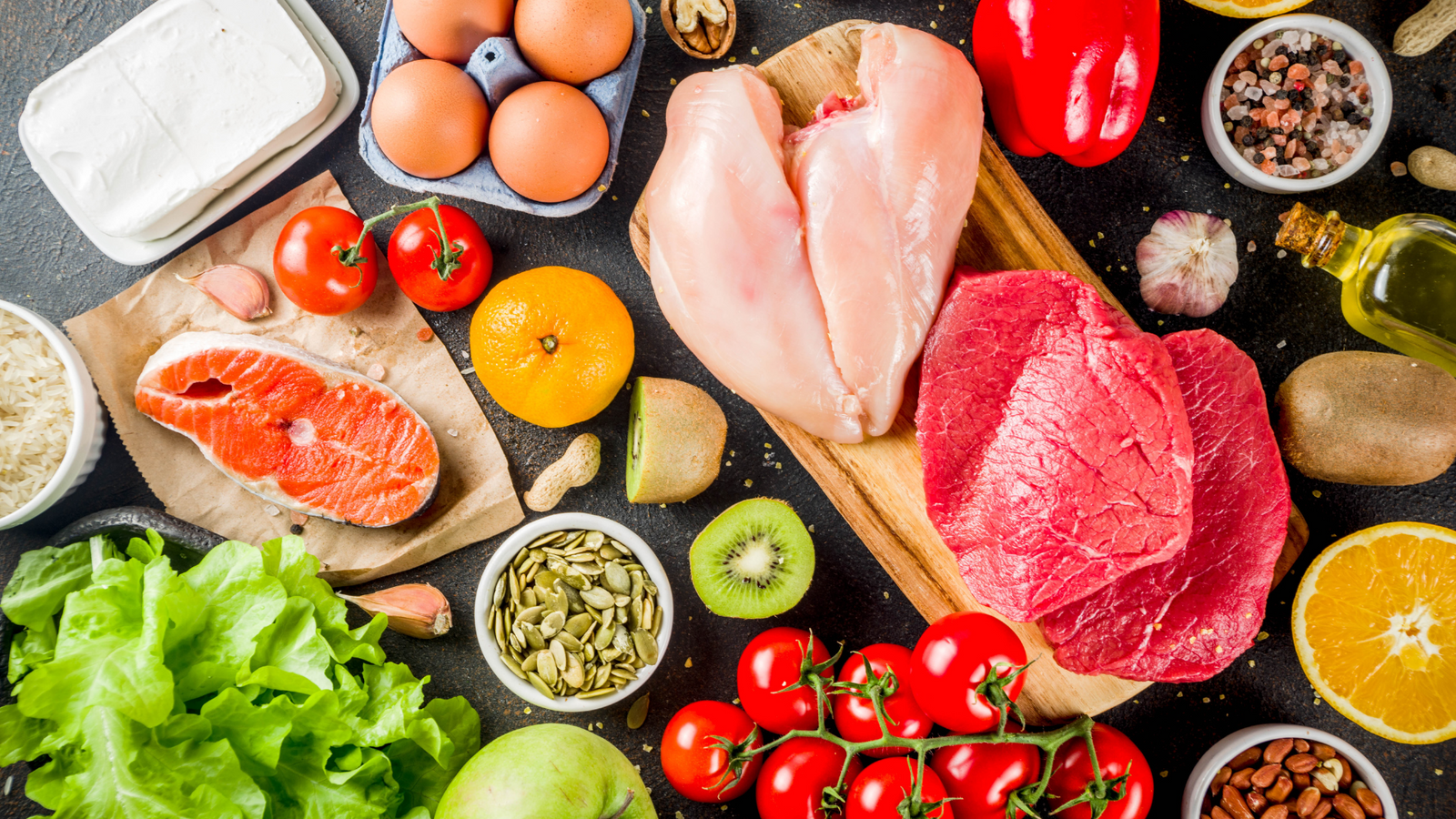Your Cart is Empty
Free shipping on Orders $79+
Free shipping on Orders $79+
Explore

The Beginner's Guide to Debloating with the Low FODMAP Diet
August 14, 2023 4 min read
Digestive sensitivities can be a real challenge. From bloating to unpredictable bathroom visits, many sufferers are constantly on the lookout for dietary solutions.
This is where the low FODMAP diet comes in.
Initially created to help those with irritable bowel syndrome (IBS), this diet targets hard-to-digest carbohydrates that can be the culprits behind these symptoms. If you're considering this diet or just curious about it, here's a beginner's guide to get you started.
What is the Low FODMAP Diet?
"FODMAP" stands for Fermentable Oligosaccharides, Disaccharides, Monosaccharides, and Polyols. In simpler terms, they are a collection of molecules found in food, that some people struggle to digest. When poorly digested, they can ferment in the large intestine, leading to the symptoms associated with IBS and other digestive sensitivities.
The Benefits of a Low FODMAP Diet
The Low FODMAP diet is a beacon of hope for those suffering from digestive issues. Here are some of the benefits of following this diet.
- Alleviation of IBS Symptoms
The primary reason many turn to the Low FODMAP diet is due to its effectiveness in managing Irritable Bowel Syndrome (IBS) symptoms. Symptoms like bloating, abdominal pain, gas, and irregular bowel movements. By reducing the intake of hard-to-digest carbohydrates, many individuals experience significant relief.
- Reduced Bloating and Improved Digestion
It's not just IBS sufferers who can benefit. Even those who struggle with bloating and constipation can benefit from the Low FODMAP diet. The reduced fermentation in the gut means fewer unexpected and uncomfortable digestive episodes.
- Structured Approach to Identifying Triggers
The phased nature of the Low FODMAP diet helps you clearly identify YOUR food triggers. This helps you understand your body better and make informed food choices. It’s empowering!
- Supports a Healthy Gut Microbiome
While the primary aim is to reduce fermentation, the Low FODMAP diet can also support a balanced gut microbiome. Having a balances gut bacteria is crucial for overall health.
The Three Phases of the Diet
-
Elimination Phase (3-8 weeks): It's a strict phase where you'll avoid all high FODMAP foods. It's the best way to clear your system and set a baseline for the following stages.
-
Reintroduction Phase: this is where the detective work begins. You'll systematically reintroduce FODMAP groups into your diet. This helps you identify which ones are causing you trouble.
- Personalization Phase: Once you've identified your triggers, you'll create a long-term eating plan. It'll include many foods from the low FODMAP list and some from the high FODMAP list that doesn't trouble you.
Which Foods Can You Eat While On A Low FODMAP Diet?
Allowed:
Fruits: Bananas (unripe), Blueberries, Cantaloupe, Dragon fruit, Durian, Grapes (red, green, black), Honeydew melon, Kiwi, Lemons, Limes, Mandarins, Oranges, Papaya (paw paw), Passion fruit, Pineapple, Raspberries, Rhubarb, Strawberries, Tangelos, Tangerines.
Vegetables: Carrots, Cucumbers, Eggplant (aubergine), Fennel, Green beans, Kale, Lettuce, Olives, Parsnips, Bell peppers (capsicum, specifically red), Potatoes, Radishes, Spinach, Choy sum, Tomato, Zucchini (in limited quantities), Spring onion (green tops only), Alfalfa, Ginger, Bok choy, Collard greens.
Dairy Alternatives: Lactose-free milk and almond milk are great choices.
Grains: Quinoa, Rice (white, brown, basmati), Oats, Corn (cornmeal and tortillas), Sorghum, Millet, Spelt (in small amounts), Buckwheat, Polenta.
Proteins: Chicken, Turkey, Beef, Pork, Lamb, Eggs, Tofu (firm), Tempeh, Fish (e.g., salmon, tuna, cod), Shrimp, Crab, Lobster, Oysters.
Avoid:
Fruits: Apples, Pears, Mangoes, Watermelon, Blackberries, Apricots, Avocado, Cherries, Nectarines, Peaches, Plums, Prunes, Currants, Dates, Figs, Lychee, Raisins, Persimmon, Goji berries.
Vegetables: Onions (all types including white, red, Spanish, and brown), Garlic, Asparagus, Artichokes, Cauliflower, Mushrooms, Peas, Leek bulbs, Beetroot, Brussels sprouts, Broccoli (especially the heads; stems might be lower in FODMAPs in small quantities), Cabbage, Fava beans, Soybeans, Snow peas, Radicchio lettuce, Okra, Shallots, Celery.
Dairy: Particularly cow's milk, yogurt, and soft cheeses.
Grains: Wheat (including products like bread, pasta, and cereals), Rye, Barley, Couscous, Semolina, Bulgur, Farro, Freekeh.
Legumes: Lentils, Chickpeas, Kidney beans, Black beans, Pinto beans, Navy beans, Borlotti beans, Butter beans, Split peas, Soybeans, Broad beans (fava beans), Lima beans, Mung beans, Baked beans.
Sweeteners: Honey and high fructose corn syrup
Alcohol: Especially rum and drinks with high fructose additives.
3 Tips For Success on the Low FODMAP Diet
-
Learn how to read labels: High FODMAP ingredients love to hide in processed foods. Always read labels! Here is an article to help you decode labels better.
-
Plan your meals: Preparation is the key, especially in the Elimination Phase.
- When in doubt, get specialized help: working with a nutritionist is the best way to ensure success with a low FODMAP Diet.
Can You Drink Pineapple Chia Cleanse While On A Low FODMAP Diet?
The short answer is YES.
The FODMAP potential ingredients are not in large quantities. They are also all sprouted. Sprouting enhances the antioxidants and also activates enzymes in the superfoods. These enzymes help our body better absorb the nutrition found in the grains and seeds.
When beans are sprouted there is an increase in protein, a reduction in phytic acid, and a reduction of the oligosaccharides (the main cause of gas for fodmap foods).
With that said, try starting with only 1/4 - 1/2 scoop with your dosage and double the amount of liquid you normally drink it with. That usually helps ease your system into new food and allows you time to adjust.
{"themeColor":"#574CD5","iconColor":"#574CD5","showLogo":true,"topBottomPosition":10,"rightLeftPosition":10,"iconSize":"small","iconCustomSize":64,"position":"bottom-left"}

